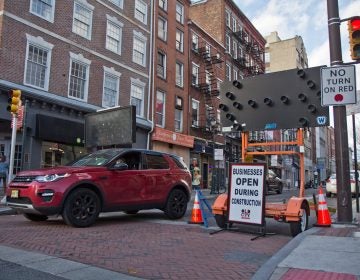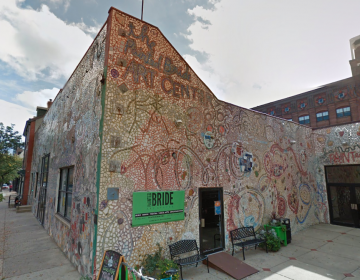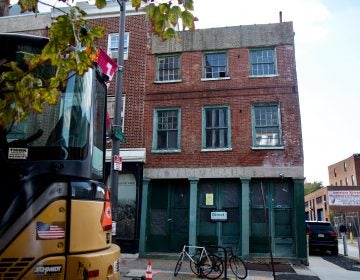Old City resident wants more info on zoning notifications
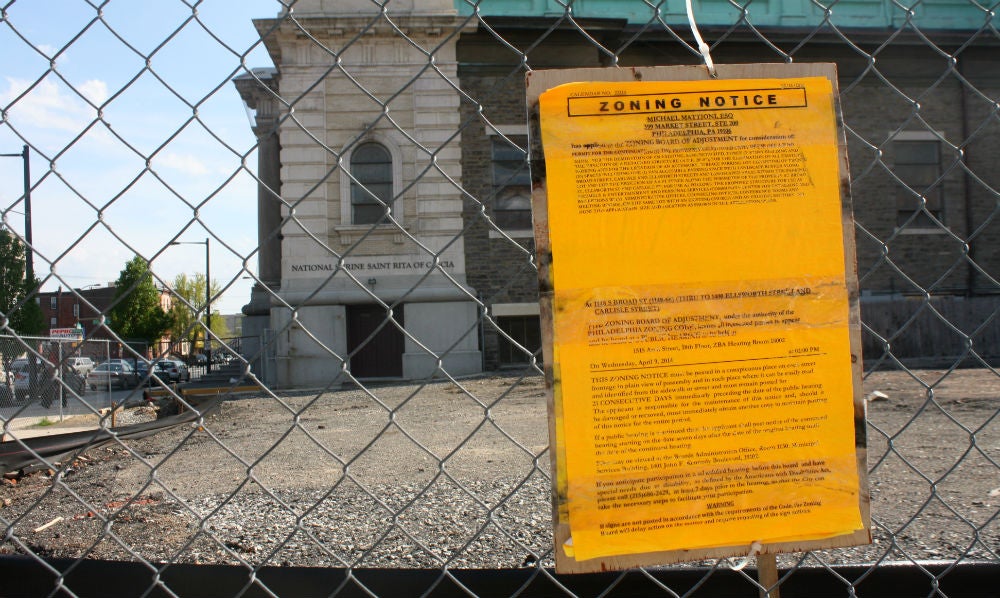
Joe Schiavo is on a new mission.
The Old City resident, who was active in his local civic association until its demise last year, and who serves on the board of the Central Delaware Advocacy Group, has been lobbying city officials recently for what seems like a simple goal. He wants more information posted on the orange zoning notifications that are pasted on properties which are subject to upcoming zoning board hearings.
When developers want to build a structure that’s taller or wider than the zoning code allows, or that houses an activity that the zoning code prohibits, they are required to post a notice describing the dimensions of the proposal. But the notice doesn’t include the reasons why the application was denied in the first place.
Schiavo says the notices should include the details of the refusal, which the Department of Licenses & Inspections generates when it denies an application. That would give casual passersby some context as to why the proposal needs an exception to the rules.
What is zoning?
Zoning is the practice of deciding what types of buildings can be built and what sorts of activities can occur in different areas of a city. It can be used to set limits on the height of new houses and how many people can live in them, encourage more activity around public transit stations, and keep strip clubs, gun shops, and factories away from residential neighborhoods. Philadelphia adopted a new set of zoning rules in 2011. They can be found in Chapter 14 of The Philadelphia Code.
“No matter how well informed or well versed in zoning matters a citizen of Philadelphia may be, there is not enough key information to inform anyone of why the particular address is posted for a hearing,” Schiavo told PlanPhilly in an email. “… Of course, the essential information already exists on the Refusal received by the Applicant before the Applicant makes the decision to appeal to the ZBA, but L&I elects, by policy, to omit that information …”
A typical zoning notification will tell a reader what’s proposed at the location—a 35-unit apartment complex, for example, or a takeout restaurant—and the date and location of the zoning board hearing. But it doesn’t explain why the hearing is needed in the first place.
If Schiavo had his way, the postings would list each reason for the refusal and refer to the relevant section of the code. See a sample Notice of Refusal here.
That way, someone reading the notification would know not just that a proposal calls for a 10-story building with 5 parking spots, say, but that by law the builder is only allowed 5 stories, and has to provide at least 10 parking spots.
Councilman Mark Squilla says he supports Schiavo’s proposal. But he referred PlanPhilly to L&I’s director of operations, Ralph DiPietro, who said there are two obstacles to getting the refusal details on the zoning signs.
First, DiPietro said, L&I’s tech staff are busy developing the Department’s new eCLIPSE program, an online permitting and licensing system. Second, the list of refusals is sometimes long, and may take up more space than the postings have available. DiPietro said that when eCLIPSE is operational, in approximately two years, the Department will post refusal information online. He said L&I may consider printing the information on the signs down the line.
“The new system will allow us to revisit this request and perhaps explore the use of a QR code or similar technology in addition to printing the text on the poster,” DiPietro wrote in an email. (QR codes are like barcodes; they can be scanned by a smart phone and direct the user to a website.)
Schiavo said that posting the refusals online isn’t enough. According to a Pew poll, 18 percent of Philadelphians still don’t have Internet access, and the number is higher for Philadelphians who are older than 65 or earn less than $30,000 per year.
“When neighbors frequently call me at my home asking why a property is posted and what variances/special exceptions are being requested, they are in the dark because there isn’t enough information included in the posting,” Schiavo said. “What’s the purpose of a public posting if there is no content? Should people be taking a day off work to attend a ZBA hearing just to learn what should have been included in the posting in the first place?”
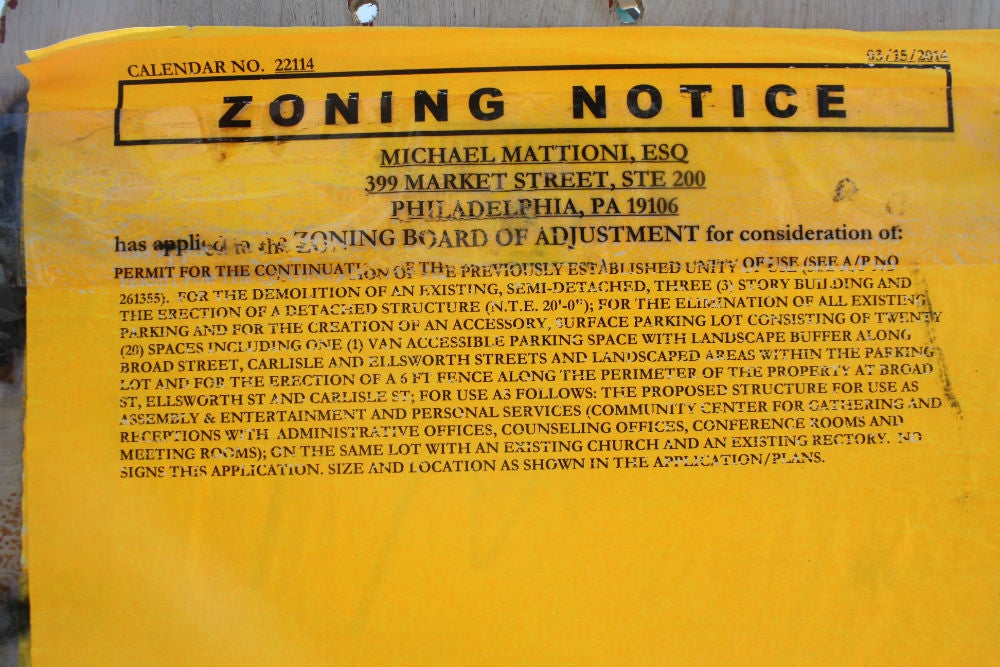
WHYY is your source for fact-based, in-depth journalism and information. As a nonprofit organization, we rely on financial support from readers like you. Please give today.




